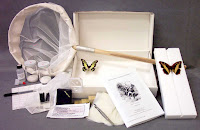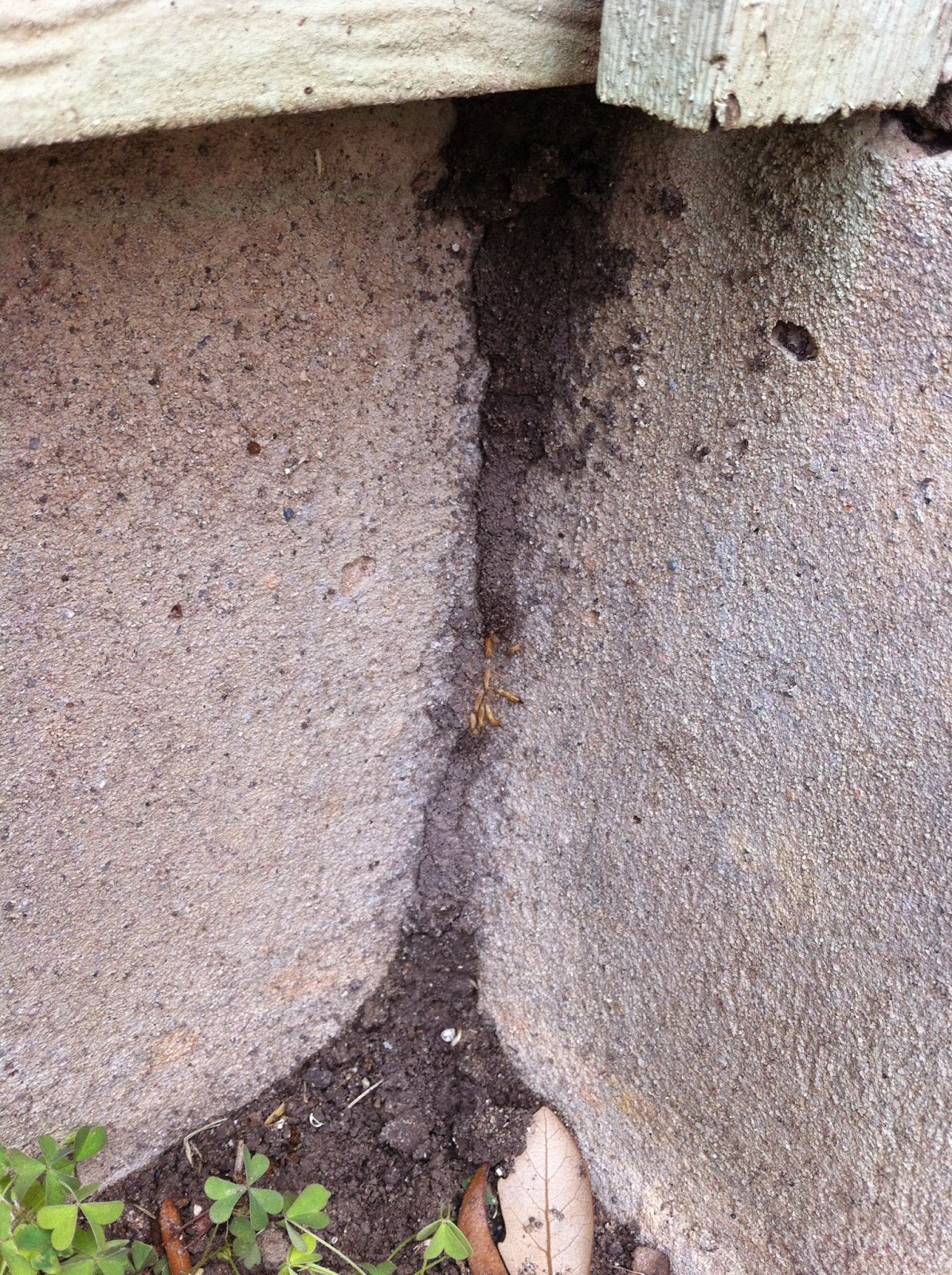Search This Blog
Questions about insects, spiders, scorpions or other creepy crawlers? Tune into this blog to learn about what's buggin' you!
Posts
Showing posts from 2015
Best Gift Ideas for the Entomologist in Your Life
- Get link
- X
- Other Apps
Bug Banquet - A Culinary Experience You Don't Want to Miss!
- Get link
- X
- Other Apps












